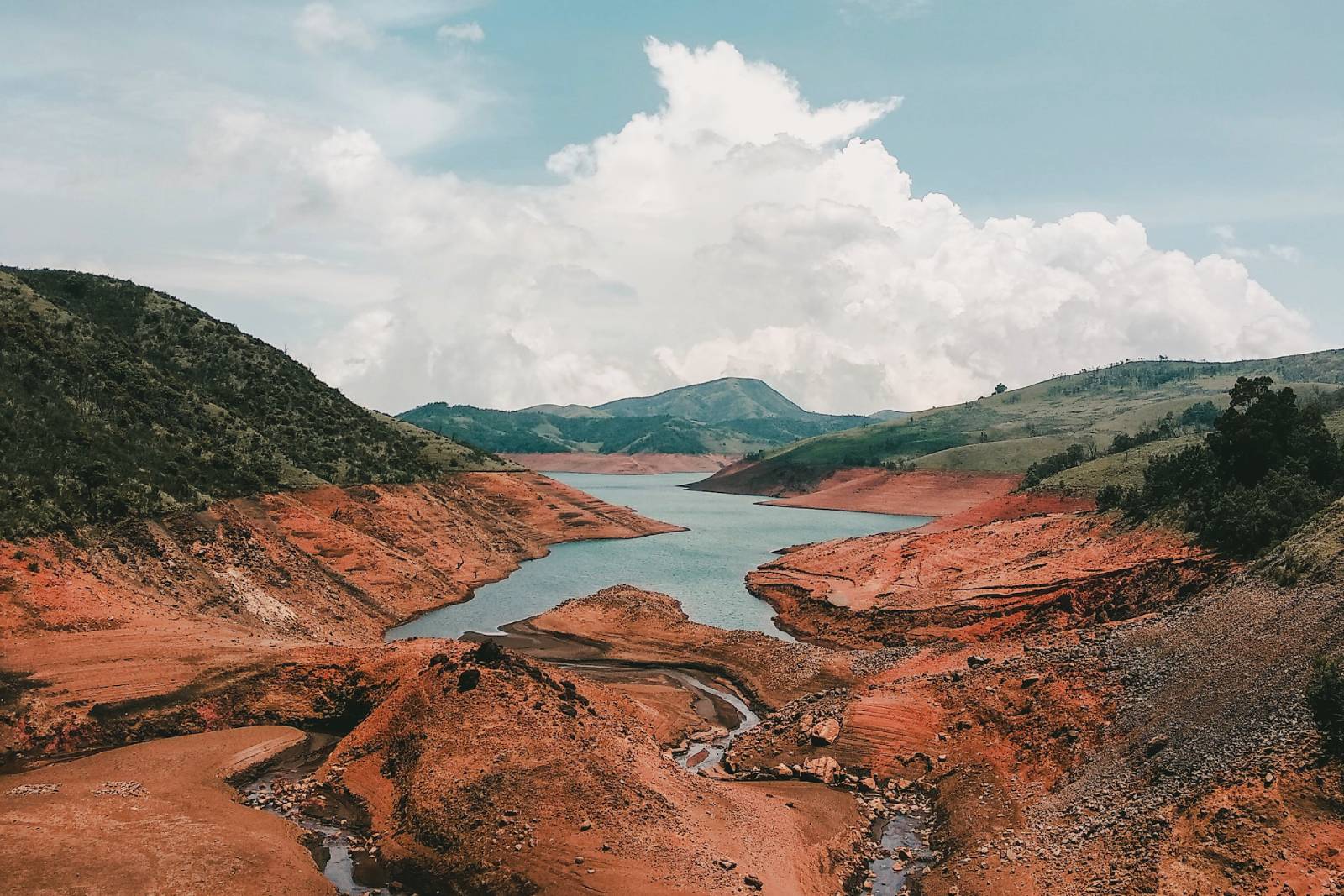With record-breaking summer heat affecting most of the world this summer, a topic that has become increasingly important to discuss is the matter of water availability, which has an effect on business water rates and future planning to avoid droughts and dehydration.
According to data from the World Resources Institute’s Aqueduct Risk Atlas, at least 50 per cent of the world’s population in over 40 countries are exposed to a high level of water stress for at least one month out of the year represented by a red or deep crimson colour on the map.
Of these, at least 25 countries amounting to a quarter of the global population face extremely high levels of water stress, defined as countries that use 80 per cent of their water supply each year and are thus vulnerable to potentially fatal droughts as well as the economic and agricultural side effects.
This information, alongside other concerning statistics, highlights the importance of action being taken to help secure water supplies, treat as much water as possible to make it drinkable or at least usable for other hygiene purposes and start making preparations for the future.
The Wide-Reaching Consequences Of Water Stress
Water stress, water scarcity and water risk are three very similar aspects of the same problem, which is a shortage of water to the point that there is a risk to health, vital infrastructure and a local area’s economy.
According to the UN’s CEO Water Mandate, water stress is a broader concept compared to water scarcity.
Whilst the latter is specifically a lack of sufficient freshwater resources to meet the needs of the local area irrespective of quality, water stress is a more multifaceted exploration of an area’s ability to meet the demands for freshwater.
It focuses not only on the availability of water but also its quality and accessibility, although this can be relative to the required standards of the particular country.
Water stress also focuses on the demand for water beyond meeting basic drinking and hygiene needs, such as agriculture, infrastructure, industrial and other uses, all of which can have far-reaching effects on human lives in a particular area.
An example of this can be found in India, one of the 25 countries subject to extreme water stress.
One of the major effects of water stress has been seen in the forced shutdowns of thermal power plants due to a shortage of water used to cool them down.
What Can Be Done About It?
Planning for potential scarcity and stress conditions is the best solution to avoid much bigger issues in the future.
There are several cities and countries based in water-scare conditions that through careful management of their resources such as widespread use of desalination and wastewater treatment have been able to thrive.
According to the WRI, achieving global water security would cost less than 25p per person per day over 15 years, or one per cent of the world’s GDP, to ensure water security, and each pound spent would provide almost seven times the benefit.



